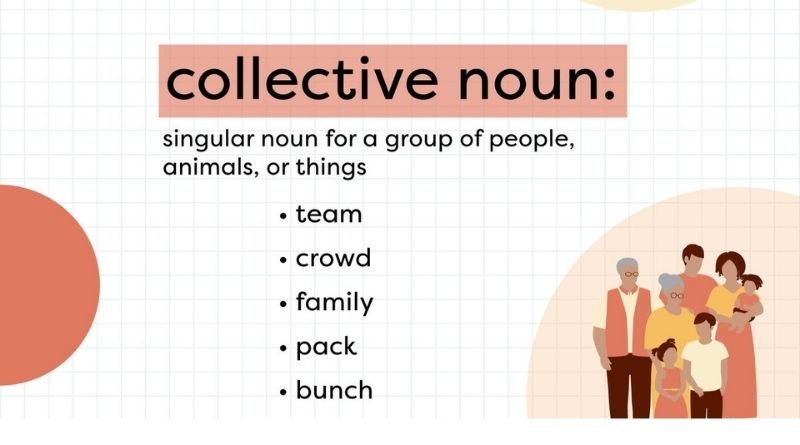Make the Most of Your Customer Data with CRM Analytics
Customer relationship management (CRM) software has become an essential tool for small business owners, and today’s most powerful CRM software comes with plenty of analytics capabilities that can help you make the most of your customer data to improve retention, boost sales, and more. For example, Salesforce offers CRM Analytics features like Einstein Prediction, which mines your customer data and learns from it to predict customer behavior and preferences in order to help you better serve your customers before they even ask. But what exactly does CRM analytics look like? And how do you get started with CRM analytics?
What is Customer Relationship Management (CRM)
Your company needs to have a robust customer relationship management (CRM) strategy in place to keep tabs on your current and potential customers. To make sure that you’re not missing out on opportunities, create a plan for analyzing customer data – and then follow it. By monitoring your CRM data, you’ll be able to identify trends in buying habits and pinpoint what campaigns are most effective for connecting with your customers.
Insightful analysis is essential for maximizing revenue – so whether you’re a startup or an established business, make it part of your routine!
What is CRM analytics?
The most basic overview of CRM analytics is that it’s a way to get an overview and understanding of your customer data. With CRM analytics, you can see how many people interacted with your ads, how many subscribers to your newsletter and much more. There are so many different types of information and understanding what kind you need is important. For example, if you want to improve customer service and increase conversions, then maybe insights into retention would be better for your needs. This goes for all kinds–CRM analytics will provide insights on conversion rates, customer satisfaction, campaign reach etc.
Why should you track your data?
Your business can’t grow if you don’t know what is working and what isn’t. To make sure your marketing efforts are producing quality leads, you need to track customer data. This will provide you valuable insights that can help to guide your strategy moving forward. For example, some of the most powerful data collected includes customer demographics, engagement levels and behavior, purchase patterns, and more. When this information is leveraged together within an integrated CRM system (like HubSpot), marketers can then dive deep into customer’s contact histories in order to create even more robust campaigns.
How do you get started?
CRM analytics gives small businesses a valuable opportunity to make sense of their customer data, so they can take appropriate actions. Here are five steps to help you get started with CRM analytics:
- Get the right software
- Collect data on your interactions – Have a goal in mind when collecting data – Collecting too much data will be overwhelming and difficult to parse later on. Collect only what is relevant to your objective.
What information do you need?
A company’s customer database is one of its most valuable assets. And, fortunately, the software to create a database has become affordable and readily available to entrepreneurs and small businesses. But before you invest in your new customer database, consider what information you need, who should have access to it and how often you’ll use it.
Who can help you use this info?
To create a winning customer service strategy, you’ll need data that tells you exactly what’s happening within your company. This is where CRM analytics comes in handy. You’ll be able to see important information like how customers interact with your business and which sales channels they prefer, so you can make adjustments accordingly.
What happens next?
Now that you know what CRM analytics is, and how it helps small businesses, let’s look at a couple ways to get started. First off, gather some data. There are a lot of sources for data these days so have your finger on the pulse of your customer demographics and interactions to better tailor your marketing efforts in a cost-effective way.











